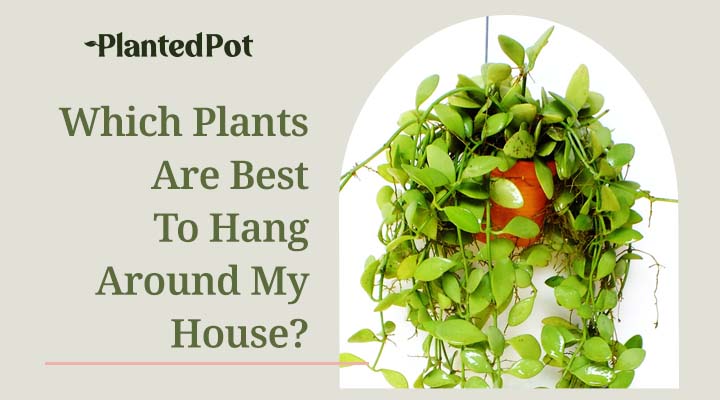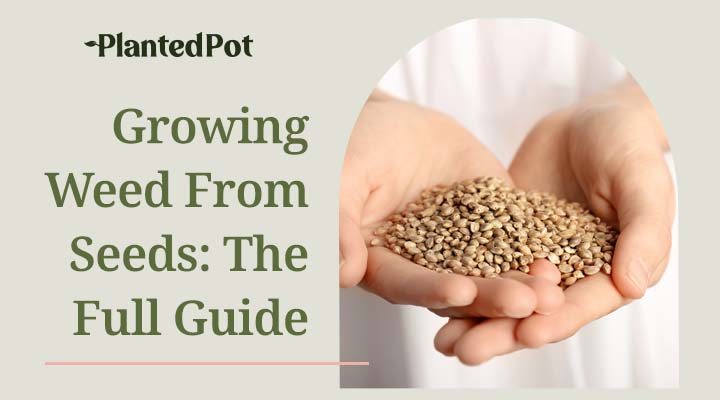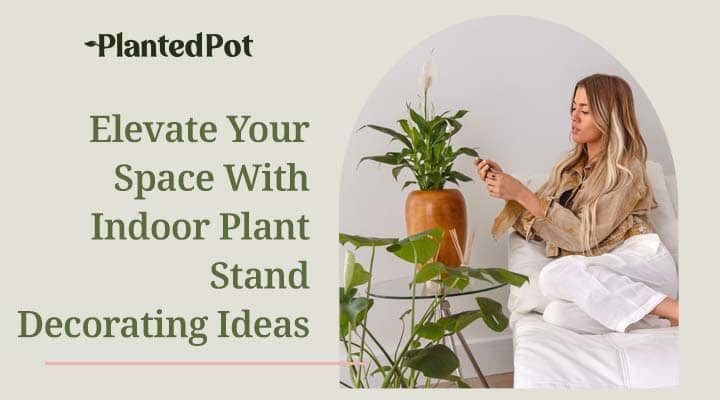
Jade Plant Care: The Perfect Succulent For New Growers
Home / Jade Plant Care: The Perfect Succulent For New Growers
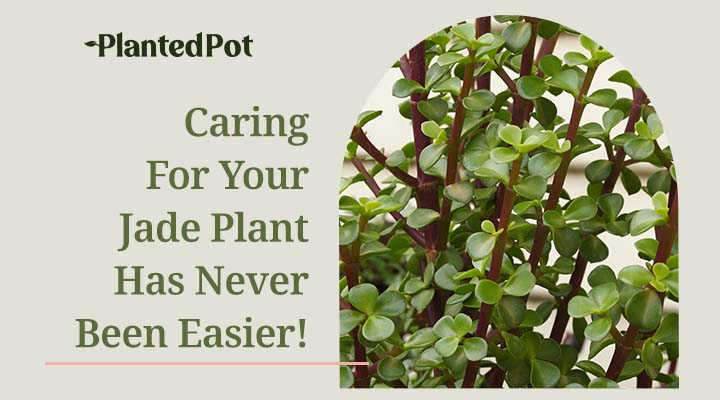
Jade Plant Care: The Perfect Succulent For New Growers
- Kyle Chin
- February 23, 2021
- 11:24 pm
- No Comments
Jade plants are one of the easiest succulents to care for and do not require much attention for them to thrive. They make fantastic houseplants but can grow outdoors as well in warm, low-humid environments. As long as the jade plant gets its fill of indirect sunlight each day, you won’t need to tend to this unique succulent constantly!
What Are Jade Plants?
Jade plants, or Crassula ovata, are slow-growing, resilient, indoor succulent houseplants. Native to South Africa, the jade plant is popular in households all over the world for representing luck and prosperity. It is especially popular in Asian cultures for bringing feng shui (energy harmony) to homes.
Are Jade Plants Easy to Care For?
Yes! Jade’s are considered very easy plants to care for with minimal attention needed. However, like most succulents, jade plants need the right conditions to thrive. It may take years for jade plants to grow to their full size, so be patient with them!
What Are the Benefits of Jade Plants?
Jade plants have many fantastic benefits, especially if they are grown indoors. Like many other indoor plants, the jade plant is beautiful and great for improving indoor air quality. Take a look at some of the amazing benefits this plant provides:
- Improves air quality – Jade plants have an air-filtering property. Indoor air can have just as many pollutants as outdoor air, which can cause dizziness, nausea, fatigue, or trouble breathing. Jade plants can also absorb CO2, which helps boost your air quality indoors.
- Boosts humidity – Jade plants have a natural ability to increase humidity in their surrounding environment. Despite needing low humidity to grow, its moisture-boosting property gives it just the right amount to grow. Lack of moisture in the air can sometimes lead to dry eyes, itchy skin, or trouble breathing.
In some Asian cultures, they use jade plants as a holistic treatment. They boil the leaves or use the plant juice to treat ailments such as warts, an upset stomach, or wounds.
How to Care for a Jade Plant
Jade plants are easy to take care of, but you can do a few things to help them grow healthy and strong. With a little love and tenderness, your jade plant will become an excellent specimen!
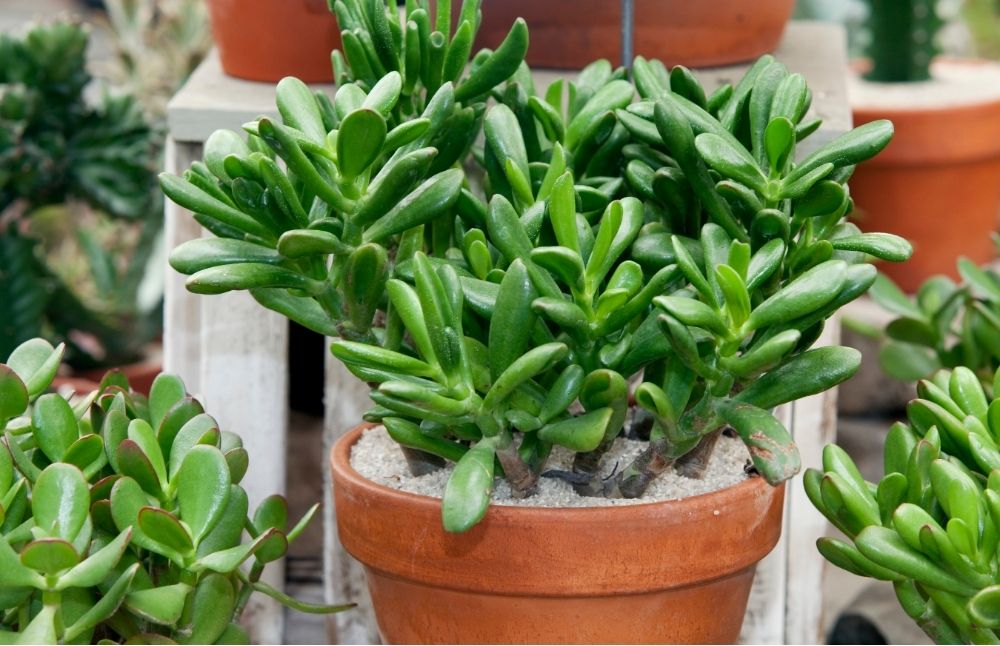
Finding the Right Pot
Terracotta or clay pots are great for jade plants because they are more porous, allowing moisture buildup to evaporate quickly. If you decide to use a ceramic or plastic pot, make sure that it has adequate drainage, and remember to water them less frequently.
As your jade plant grows over the years, you may need to increase the pot size. Since jade plants grow straight up, they can be top-heavy and tip over if the pot is not heavy enough to support its weight. Plan to re-pot once every 2-3 years in the early stages and once every 4-5 years when the plant nears full maturity.
Choosing the Right Soil
Succulents hold water in their leaves and therefore grow better in dryer soil. Use slightly moist soil but on the dryer side. Succulents can suffer from root rot if they are too moist. However, if the soil is too dry, the leaves can shrivel up and die.
You can buy a succulent-specific soil potting mix to avoid some of the hassles. Ideally, you want a soil blend that is neutral to slightly acidic for better plant growth. The soil should also be loose enough for moisture to escape to prevent rot.
Watering a Jade Plant
You do not need to frequently water a jade plant. Plan to water once every 10-14 days, although it can sometimes be up to a month. A great tip is to allow the soil to dry out a bit before watering again.
If you notice the leaves wilting or browning, it may be a sign that your jade plant needs more water. If the leaves start to feel heavy or squishy, they could be getting too much water. Also, jade plants can be sensitive to salts and minerals, so try using distilled or filtered water when watering.
Read Next: Succulent Care: 7 Simple Tips & Tricks for Beginners
How Do I Make My Jade Plant Thicker?
Jade plants are very forgiving and will continue to grow even if you prune or cut off stems and leaves. If there is a particular area you want to thicken, simply pinch off (don’t cut!) part of the stem, which should allow two new stems to grow out. This method should allow the stem to thicken and grow from the pinch site.
Placement and Lighting
Jade plants need at least 4-6 hours of direct sun every day. However, it would be best if you kept younger plants under indirect sunlight to prevent leaf burn. The best place to put your jade plant is in a south-facing window to get just enough bright light for the day.
If you want to leave your jade plant outside for more sunlight, remember to bring it inside after 4 hours, or else it could burn. During wintertime, you should leave your jade plant inside to avoid the cold.
Why Is My Jade Plant So Leggy?
If Jade plants can become “leggy,” it could be because they aren’t getting enough sunlight. A leggy plant can look unhealthy, floppy, uneven, and messy. Plants have a natural tendency to reach towards the sunlight, which can contribute to their uneven growth.
Pruning Your Jade Plant
Typically, you should only prune an older jade plant. Most of the time, pruning is only done for aesthetic reasons and not for the plant’s health. Because jade plants are so easy to care for, pruning could put the plant at risk for damage or bacteria.
However, if your jade plant is overgrown, you can cut branches down to the next node. Try not to remove more than 20-30% of your jade plant when pruning to allow it to recover.
Should I Cut Off the Brown Tips of My Jade Plant?
Brown leaves on your jade plant may be an indication of leaf burn. If they are badly burned, you can remove the leaf from the plant. However, if the leaf is only slightly brown, you can leave it alone, so the jade plant continues to produce energy for growth.
Humidity and Temperature
Although jade plants love warmer environments, their ideal growing conditions are room temperatures during the day (65-75°F) and cooler temperatures at night (around 55°F). Remember to keep them in low humidity areas to prevent plant rot.
Since jade plants thrive in warmer temperatures, they may require more water in the spring and summertime. On the other hand, they need less water during the colder seasons of fall and winter.
Feeding a Jade Plant
Feed your jade plant sparingly, around once every six months. The best combination should be a mix of a regular houseplant and cactus/succulent fertilizer.
When re-potting your jade plant, don’t use fertilizer right away to allow the plant to adapt to the soil. Feeding right away could potentially burn the roots of the plants and damaging the whole thing entirely.
Related: How to Repot a Plant: Complete Step-by-Step Guidee
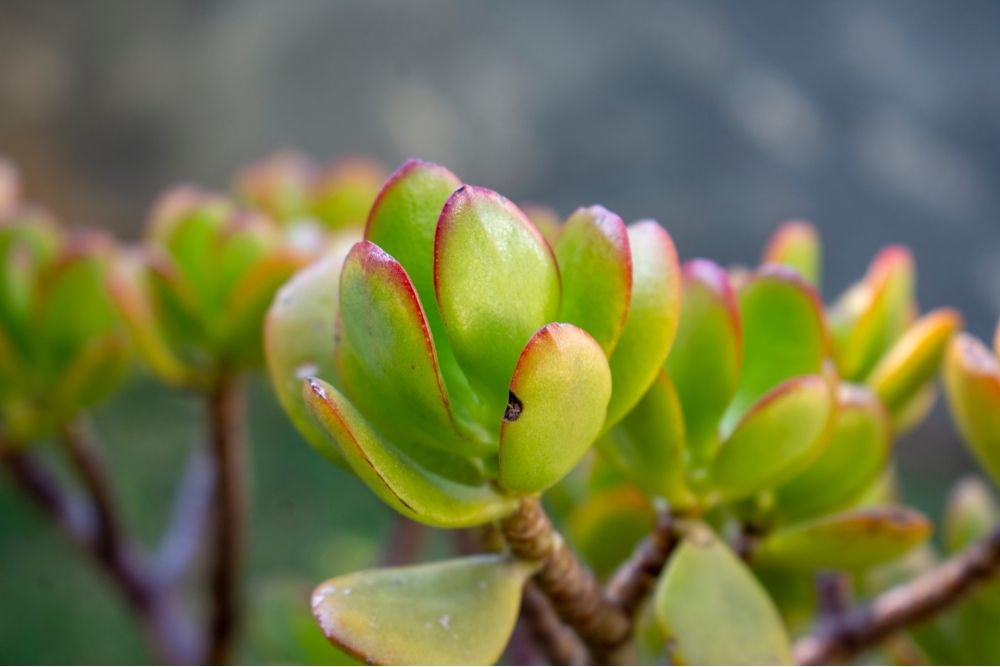
How Big Can a Jade Plant Grow?
When fully grown, the jade plant can reach up to 3-6 feet tall and 2-3 feet wide but are usually smaller if grown indoors. This beautiful plant stands upright like many trees and has glossy, spoon-shaped leaves. These leaves can develop a red hue around the edges with enough sunlight, giving the jade plant an extra pop of color.
Common Jade Plant Care Issues
Here are the two most common issues when caring for jade plants:
- Insects & mites – Sometimes, mealybugs can infest the plant and hide under the leaves and stems. Wipe them off with water and paper towels or swabs a few times to remove all insects and the eggs. If it’s too infested to clean, you may have to cut the branches and start anew.
- Too much water – Too much water can cause plant rot. Make sure your pot and soil have adequate drainage, and don’t water your jade plant too often. You can experiment to find the perfect balance between too dry and too moist.
Read Next: Plant Care 101: The Top 10 Tips for New Plant Owner’s
How Do I Know if My Jade Plant is Dying?
Some signs you can tell your jade plant is dying are:
- Dry leaves & stems – If your jade plant is shriveling, it may need more water than you are giving it. Although the soil needs to be dry, it could kill the plant if it’s too dry.
- Squishy leaves – Conversely, if your jade plant is getting too much water, the leaves could become squishy and even blistered.
- Branches falling off – Dying branches could mean that the plant does not have enough nutrients or is rotting. It may be too weak to support the leaves’ weight, and if the leaves start falling off, it could be a sign of a more serious issue (insects, bacteria).
- Yellowing of leaves – When leaves start to yellow, it is a clear sign the plant is dying. Yellowing typically occurs in younger plants, whose leaves have not had time to reach maturity, which naturally yellows on their own.
Final Thoughts – Jade Plant Care
All these steps for jade plant care may seem complicated, but you don’t need to worry. Jade plants are very forgiving and do not require a lot of time to care for. Once you have set the right conditions and environment, it is ready to thrive and grow into the wonderful plant it can be!


